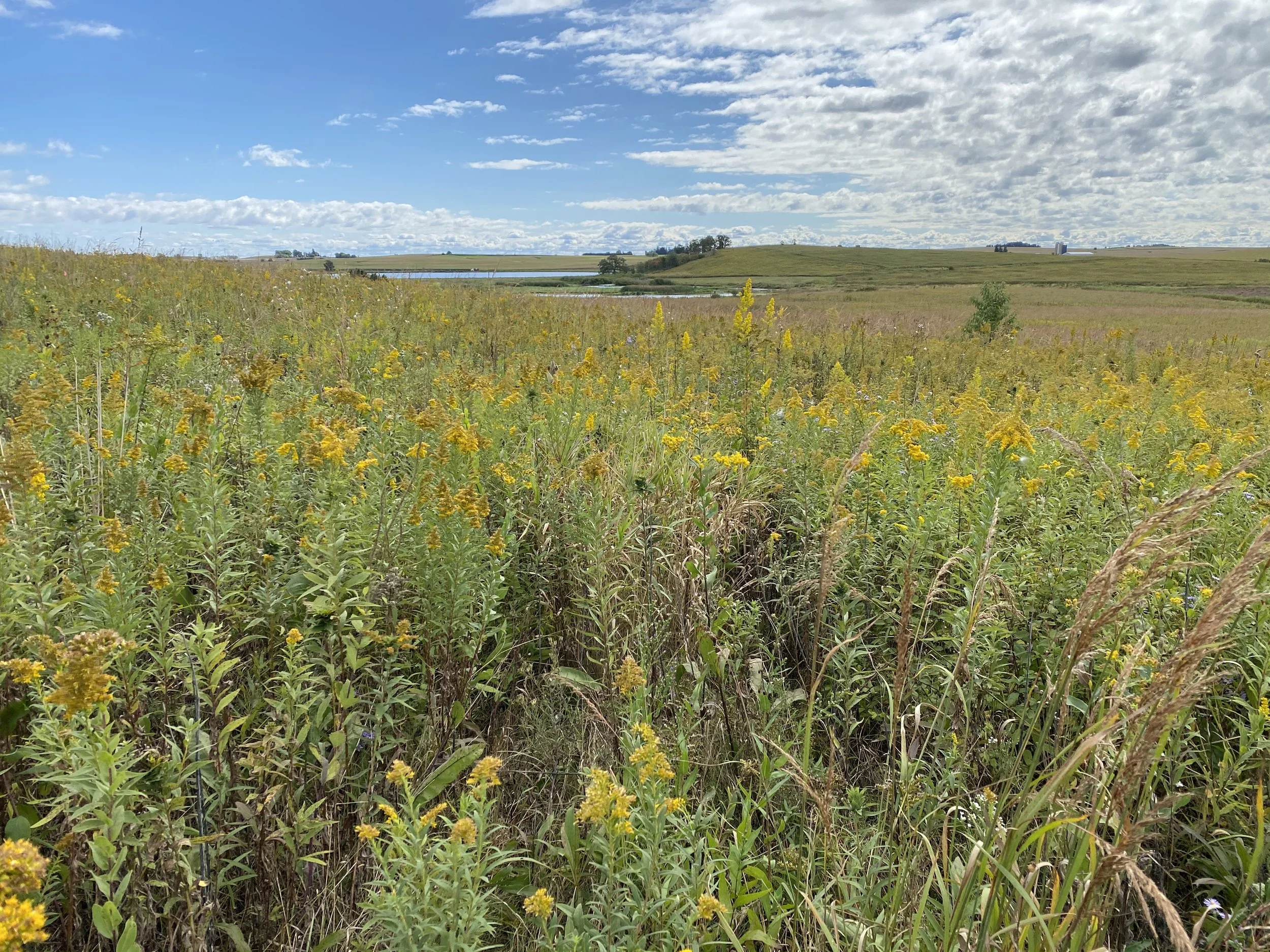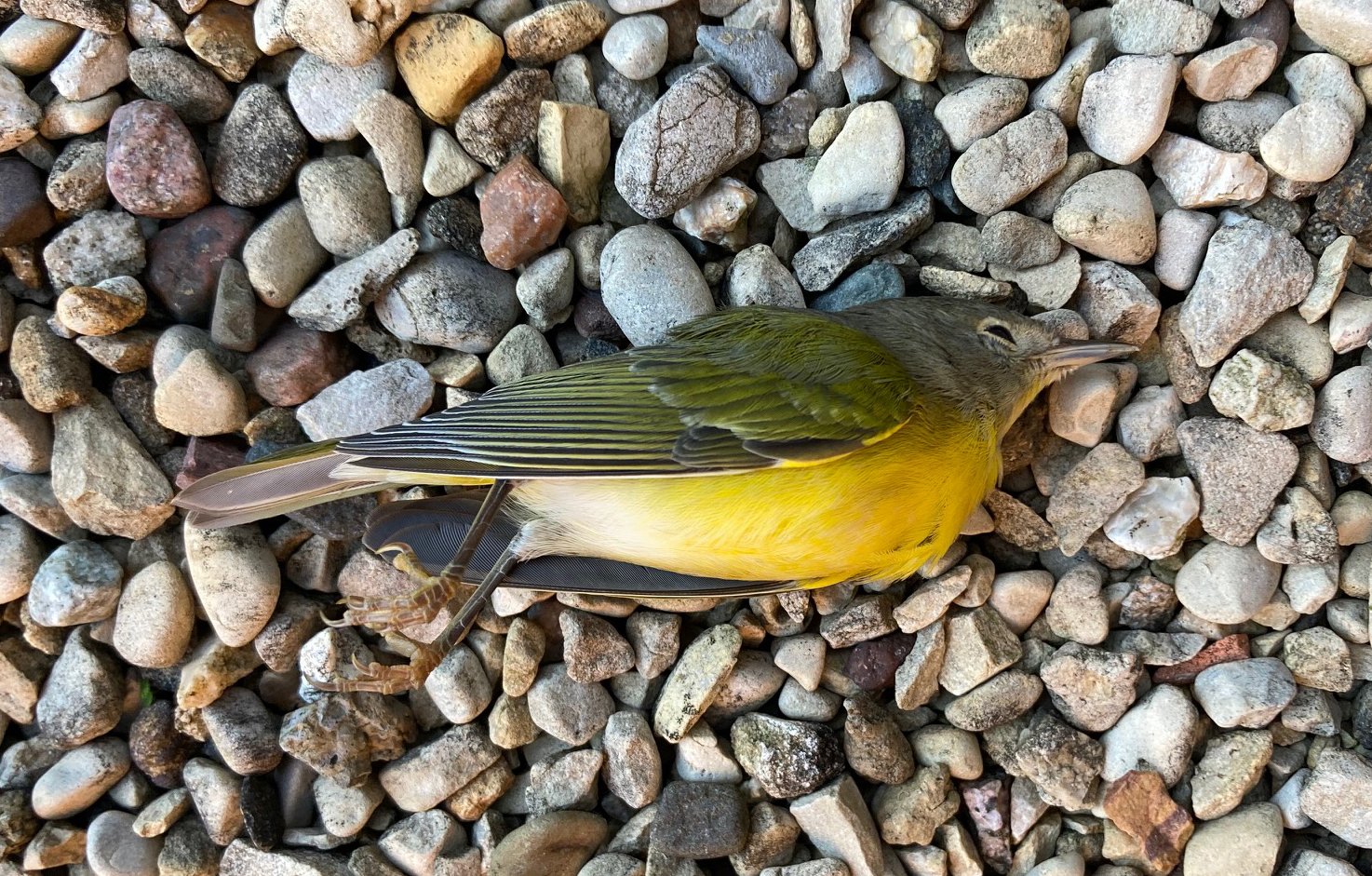The news, in my opinion, is fabulously good. Governor Evers was able to use federal COVID funds to assist in the purchase of the Lake Michigan bluffs and shore in Washington County, some park improvements in Milwaukee, and thousands of acres in northwest and northeast Wisconsin. You probably remember the ongoing struggle to preserve the Lake Michigan land and water. Almost all of the land in northern Wisconsin will become part of the county forests in Forest and Bayfield Counties. I was lucky to work with some of the county forests years ago and consider them to be one of the great, too little known conservation projects in Wisconsin. Some of this blog is about to get a little grim. You can balance that out by checking out some of the county forests in northern Wisconsin, especially if you're visiting that area. Start with Bayfield County's.
The sun shines today. The Governor's funding supports some excellent projects. The bluff/shore purchase is a wonderful enhancement for the enjoyment of a spectacular natural resource in southeast Wisconsin. $4.5 million for all these projects is a lot of money but we get a lot of land across the state and it's a modest percentage of the state's federal COVID money. Folks can reasonably disagree over the appropriateness of using those funds for these lands and improvements. One lesson that COVID taught us is how important accessible public lands and parks are, especially when folks cannot gather and recreate in other settings and need to be outdoors. So, personally, I think it's an acceptable use of the funds.
Beware the storm clouds on the horizon. Republican legislators had used an obscure and, here comes another opinion, loathsome procedure in the Joint Finance Committee to stop some of these projects. If you haven't already, please read that WSJ editorial on how unfair and cowardly that procedure is. The Governor's action blew up that roadblock, at least for these projects. Many Republican legislators will become and stay angry.
The conservation community might well face a watershed moment. Essentially, the conservation community, led by Gathering Waters and joined by dozens of other organizations, have played nice on Stewardship. We have thanked and praised any legislator who had supported Stewardship in any form. We've invited all of them to join citizens to visit Stewardship projects in their districts. We have begged our members to contact legislators with the friendliest, most positive language possible to request their support of Stewardship. Some of them have come through big time and we owe the continued if diminished existence of Stewardship to their efforts.
We might have a grimmer, more public fight on our hands and have to call out the legislators who seek to destroy Stewardship and/or cripple its effectiveness. Republican legislative leaders might find themselves caught between some angry members and a more forceful conservation community.












